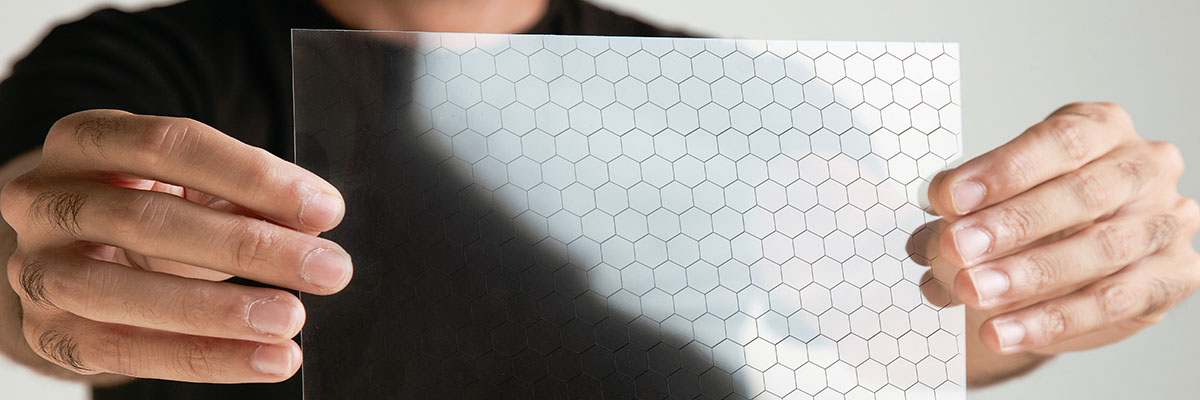“The material of the future”, “Friday night experiment” or the “latest ‘soft’ material” are just a few of the names that have been given to this product, which is a result of the curiosity of two university researchers. Graphene wasn’t on the official agenda of the laboratory.
When this material was discovered back in the 20th century nobody imagined what it could potentially achieve. Despite the fact it can be obtained from graphite, it simply wasn’t considered as the same material. It has been during the last 10 years when, based on the research of two scientists, one Dutch and the other Russian-British, that its importance has come to light. So much so that this new “super material” brought them a Nobel Prize for Physics.
It can conduct 1000 times more electricity than copper and 200 times stronger than steel
I call it super material because, up until now, no other material with such characteristics and possibilities that can be industrialised in such a way has been discovered. This material has the thickness of just a single atom, with a honeycomb type distribution. It can conduct 1000 times more electricity than copper and it is 200 times stronger than structural steel. It doesn’t have much competition. Furthermore, in order to break a sheet of this material the thickness of a sheet of paper, you would need to concentrate the weight of three cars into an area the size of a ballpoint pen tip.
This material could make a number of devices a reality, such as touch screens that can be rolled up, ultra-fast batteries that charge in seconds, or microchips up to 1000GHz. The aeronautical industry will also benefit, as adding graphene in small quantities to metals and plastics will produce lighter and more resistant composites. Vehicles such as aircraft and cars will become safer and more energy efficient. Anything that incorporates graphene will see its physical qualities improved.
As a professional in the aerospace sector I am a firm believer in the importance of continuously investigating the latest components in order to develop new technologies. It is essential that we keep on investing in things that could lead to improvements in the level of quality in the aerospace sector.



